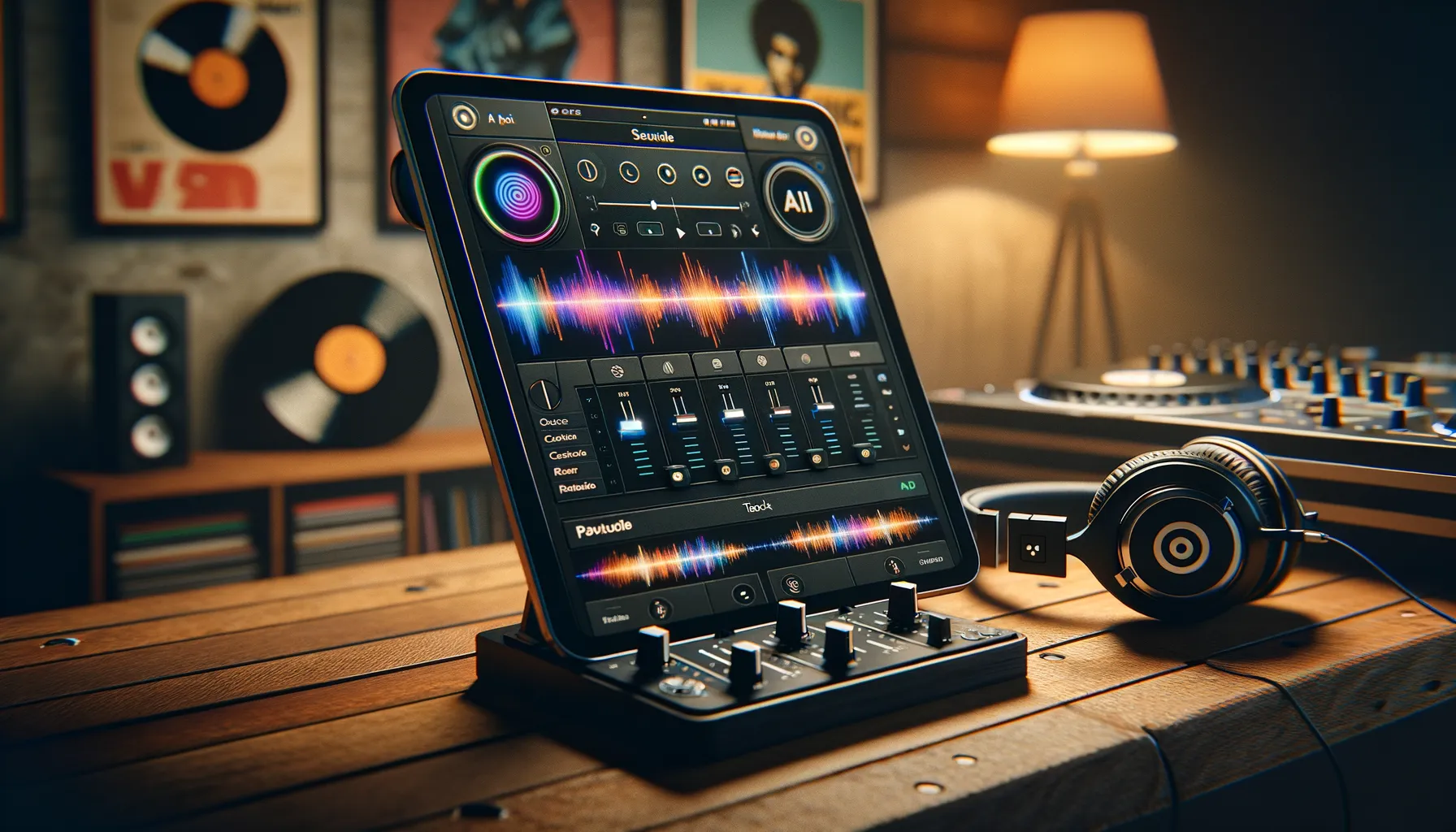Criteria for Choosing the Best Music Theory Apps
What Makes a Music Theory App Stand Out?
Finding the perfect music theory app can feel like choosing the right instrument—it needs to fit your style, goals, and skill level. But how do you know which one will hit all the right notes? Here are the key factors to consider:
- Engaging Interface: Does the app invite you in, or does it feel like a pile of dusty old sheet music? A good app should motivate you with crisp visuals, user-friendly navigation, and interactive elements.
- Customizable Learning Tracks: Whether you’re just starting out or diving into advanced chord structures, the app should adapt to your level. It’s like having a private tutor in your pocket!
- Gamified Features: Who says learning can’t be fun? Apps that include challenges, progress tracking, and rewards make the experience feel more like play and less like homework.
Practicality Meets Passion
Beyond the bells and whistles, think about flexibility. Can the app fit into bursts of a busy day, like waiting for coffee, or offer deeper sessions when you have time to dive in? For instance, some apps let you practice ear training while commuting, turning your downtime into a musical masterclass.
And don’t forget compatibility—does it shine on your device? Whether you’re team iOS or Android, the last thing you want is a tech hiccup stealing your rhythm.
Top Mobile Apps for Learning Music Theory

Discover Interactive Music Theory Gems
Gone are the days of dusty textbooks! Want to dive into the world of music theory from the palm of your hand? These standout apps will turn those complex concepts into bite-sized lessons you’ll actually enjoy.
- Tonal Harmony Playground: This app feels like playing a game while secretly learning about chord progressions and functional harmony. Its colorful interface reels you in, and before you know it, you’re mastering cadences like a pro.
- Musician’s Toolbox by Tenuto: Think of it as your Swiss Army knife for music theory. Whether you’re testing your ear with interval exercises or memorizing key signatures, this app has every tool you can imagine.
- Practical Piano Theory: Are you hands-on? This app pairs theoretical lessons with on-screen piano practice. You’ll “see” the theory come alive in real-time—perfect for visual learners!
Perfect for Beginners and Experts Alike
What makes these apps truly magical is how adaptable they are. For beginners, apps like MusicTheoryMaster simplify scales, modes, and time signatures into easy-to-follow diagrams. Meanwhile, advanced users can flex their skills by analyzing Bach chorales or diving deep into jazz improvisation.
Don’t just take my word for it—explore these gems and find the one that resonates with your learning style!
Features to Look for in Music Theory Apps

Unlocking the Power of Interactive Tools
When choosing a music theory app, you’ll want to make sure it doesn’t just teach—it inspires. The best apps do more than explain scales and chords; they *breathe* music into your life. Look for apps with interactive exercises that challenge you, like guessing chord progressions by ear or building a harmony note by note.
Don’t underestimate the power of gamification! Apps with fun quizzes, points, or even timed challenges can turn dry theory into an adventure. Imagine mastering the circle of fifths because you’re trying to level up, not because someone told you it’s important.
- Customizable lessons: Can the app tailor its content to your skill level?
- Real-time feedback: Does it instantly correct your mistakes so you won’t practice errors into your musical DNA?
- Audio features: Can you hear examples performed on real instruments?
Dive into Practical Utility
It’s one thing to *understand* theory, but can the app help you use it? Look for options with built-in keyboards, notation tools, or MIDI integration so you can apply concepts right away. For example, apps like these might let you fiddle with chord inversions and actually hear the difference between root position and first inversion. That’s where the magic happens.
Oh, and don’t forget offline access! Inspiration doesn’t always strike when Wi-Fi does. A must-have feature for creative minds always on the move.
Benefits of Using Apps for Learning Music Theory

Transform Your Music Theory Journey with Apps
Picture this: Instead of flipping through dense textbooks or struggling to recall chord progressions, you’re diving into an interactive world where learning feels like play. That’s the magic of using music theory apps. They don’t just teach—they engage, inspire, and bring the abstract into crystal-clear focus.
Why settle for memorizing scales when you can *hear* them, *see* them, and even challenge yourself with real-time exercises? These apps offer tools that cater to every type of learner: visual aids for those who need to see concepts come alive, ear training games for auditory learners, and hands-on challenges for people who learn best by doing.
- Instant feedback keeps you on track—say goodbye to uncertain practice sessions.
- Interactive lessons adapt to your speed, so frustration becomes a thing of the past.
- Some apps even include gamification, transforming learning into something you can’t wait to return to, day after day.
The beauty of these tools is their flexibility. Whether you’re commuting, chilling on the couch, or in between rehearsals, your next “aha!” moment with key signatures or chord inversions is always within reach.
Tips for Maximizing Your Learning with Music Theory Apps

Start with Small Wins and Build Your Confidence
Picture this: You’re diving into a music theory app, and suddenly it feels like trying to read a foreign language. Don’t panic! Start small. Focus on nailing the basics like intervals, scales, or chord identification. Trust me, those little victories will snowball into progress that feels *epic*.
Pro tip: Set tiny, manageable goals each week. For example, “Master all major scales by Sunday” is a lot less scary than “Learn everything about music theory.” Celebrate every milestone, no matter how small—it’s your journey!
Mix Practice and Play for Real Growth
Learning music theory doesn’t have to feel like homework. Blend your lessons with some creative exploration to keep things exciting and fresh:
- Experiment with composing your own short melodies using new concepts you’ve just learned.
- Use apps that include interactive games—nothing beats the rush of beating your high score!
- Play along with your instrument if you have one. Apps like this become ten times more fun when theory meets practice.
Make it personal: Hear a favorite song? Try to use your new skills to decode its secrets. This mix of hands-on fun and focused learning is where the magic happens.






